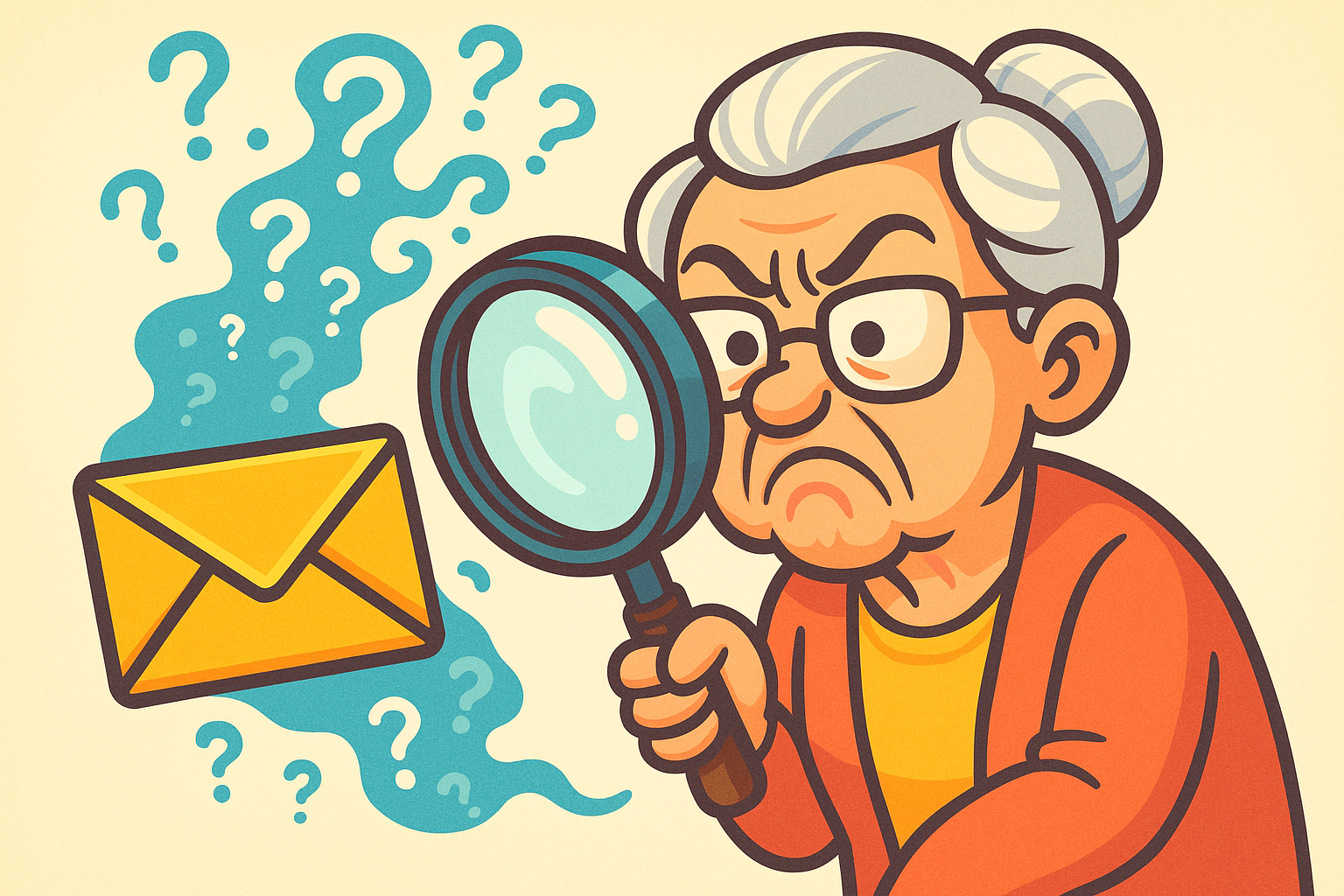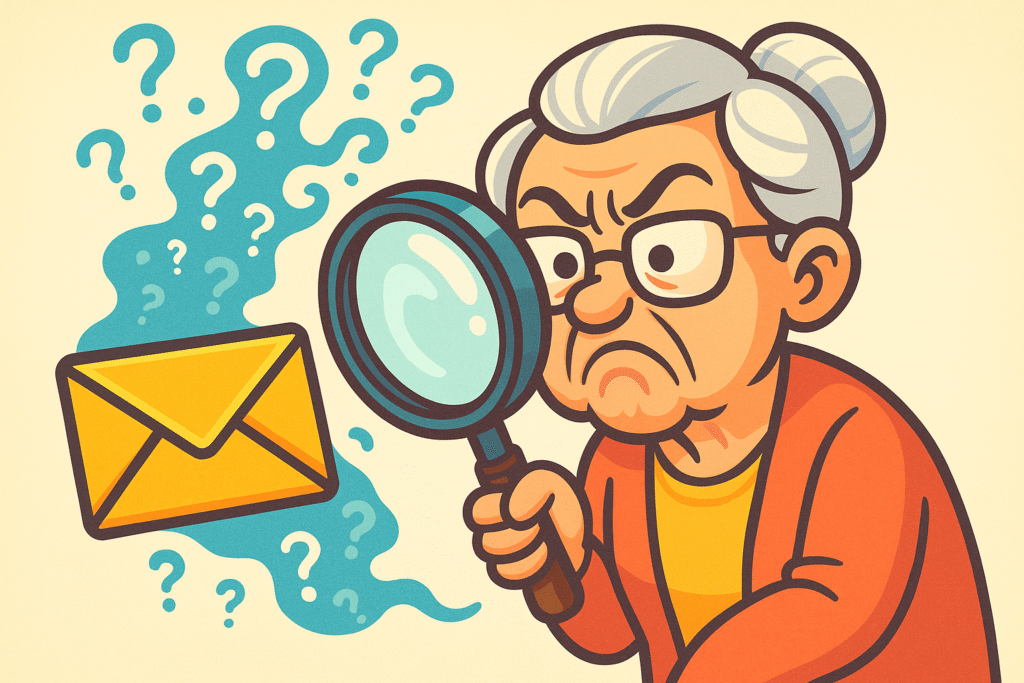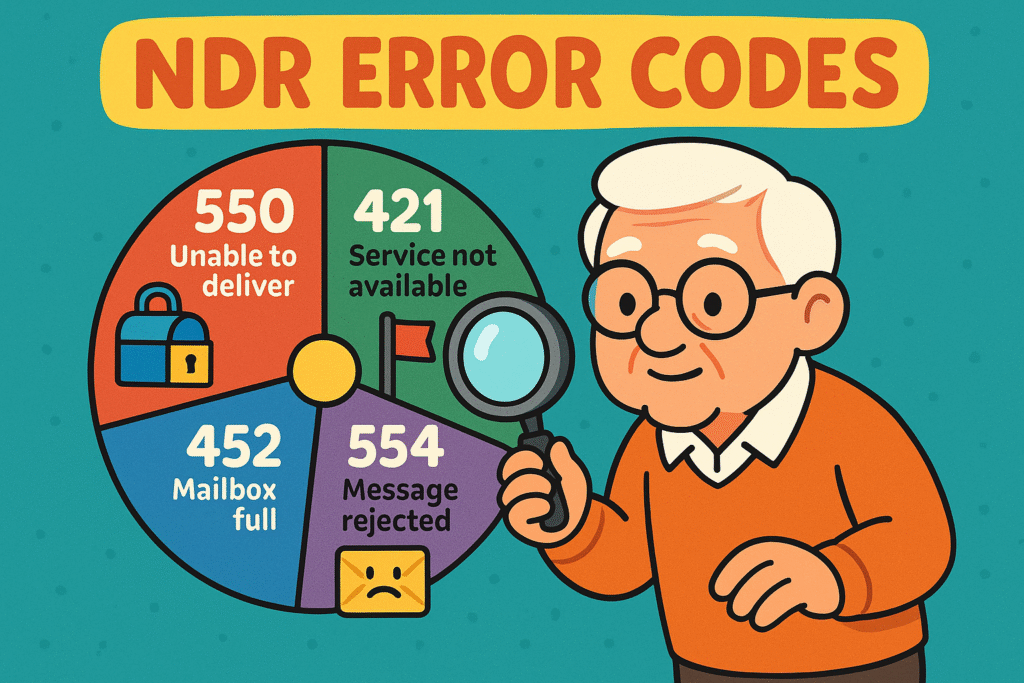
Newsletter Subscribe
Enter your email address below and subscribe to our newsletter


You’ve done it. You’ve crafted the perfect emailEmail, or electronic mail, is a digital communication tool that allows users to send and receive mes... More. It might be the secret family meatloaf recipe for your granddaughter, a hilarious photo of your cat sleeping in a sunbeam, or a polite-but-firm note to the neighborhood association about Mr. Henderson’s prize-winning petunias encroaching on your lawn again. You type it, you check it for typos, you hit “Send,” and you lean back, satisfied.
Days later, you get a call. Did you ever send that recipe?” Or worse, you hear nothing at all, leaving you to wonder if your email was delivered by ghost, filed in a digital Bermuda Triangle, or simply ignored.
If you’ve ever felt the frustration of sending an email that seemingly disappears into thin air, you are not alone. It’s one of modern life’s great mysteries, right up there with where all the matching socks go.
The good news is, your email rarely just vanishes. It’s usually stuck somewhere for a perfectly logical, if not slightly ridiculous, reason. We’re going to put on our detective hats, grab a magnifying glass, and follow the trail of your missing messages.
First, let’s bust a big myth. Hitting the “Send” button isn’t like teleporting your message directly into your friend’s inboxAn Inbox is the main repository for new emails in any email client or service. Here, messages are co... More. It’s more like dropping a letter into a very complicated, high-speed postal system.
Think of it this way: your email goes on a little adventure. It leaves your computer, travels to your email provider’s main office (like Gmail or Outlook’s giant digital post office), gets sorted, and is then sent across the internetThe Internet is a vast network of computers and other electronic devices connected globally, allowin... More highway to the recipient’s email provider. Only then does it get delivered to their personal inbox—or, as we’ll see, sometimes to a dusty back room called “SpamSpam refers to unsolicited or unwanted messages, often sent in bulk, typically via email, text messa... More.”
This brings us to a crucial clue: the difference between your “Outbox” and your “Sent” folder.
When an email goes missing, it’s usually for one of a few common reasons. Let’s investigate the usual suspects, starting with the easiest ones to solve.
It’s the oldest trick in the book. You meant to email Bill.Smith1954@email.com, but in your haste, you typed Bill.Smithe1954@email.com. That one little letter sends your message to a non-existent address.
Every email provider has a security guard at the door called a spam filterA spam filter is a tool built into your email that helps keep unwanted or junk messages—called spa... More. Its job is to block junk mail, but sometimes it gets a little power-hungry and blocks legitimate emails, too. Things that make it suspicious include:
Believe it or not, email inboxes have a storage limit. If your recipient has thousands of unread emails or has never deleted anything since 2003, their mailbox might literally be too full to accept new mail.
Sometimes, when your email fails to deliver, the digital post office is kind enough to send you a notification. This is often called a “bounce-back” or a Non-Delivery Report (NDR). Unfortunately, these messages are often written in a bizarre technical language that looks like a robot threw a dictionary down a flight of stairs.
Don’t panic! You don’t need to understand all of it. Just look for the key reason.
But what about the biggest mystery of all—when the email vanishes and you don’t get a bounce-back message? This usually means the email was successfully delivered to their provider, but it was immediately filed away into their Junk or Spam folder without notifying you. This is why asking the recipient to check their spam folder is your most powerful move.

Feeling overwhelmed? Don’t be. Next time an email goes missing, just follow these simple steps in order.
Not quite. It just means your email provider successfully sent it on its way. It could still get blocked or sent to spam on the recipient’s end. Think of it as “mailed,” not “delivered.”
Large photo files are a common trigger for spam filters. They can also push the email over the size limit for the recipient’s inbox. When sending multiple photos, it’s often better to send them in a few separate emails.
If they aren’t receiving emails from multiple people, the problem is almost certainly on their end. They might need to check their email settings or contact their provider for help.
The case of the vanishing email can feel like a high-tech whodunit, but it rarely requires a master sleuth to solve. By understanding the journey your email takes and checking for the most common clues—a typo, a spam filter, or a full mailbox—you can crack the case nearly every time.
So next time a message goes astray, don’t get frustrated. Put on your detective hat, follow the steps, and rest assured that you have the skills to make sure your meatloaf recipe, cat photos, and strongly-worded petunia complaints all arrive safely.